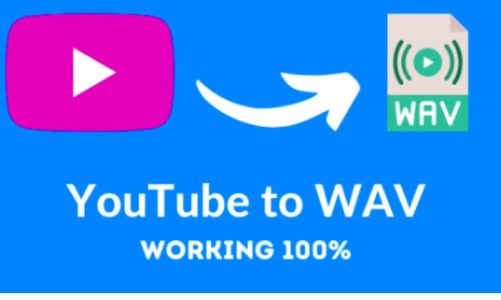Online Advertising : In the Online Marketing market, more and more agents and platforms are emerging that want to live from advertising.
For example, conventional media offer their digital version, which they make profitable thanks to the online advertising investment of their advertisers. Digital press, but also television channels, radio stations and also social platforms. The latest to jump on the bandwagon has been Instagram, which will start serving advertising from October 1 (this advertising is already available in other countries such as the United Kingdom). Bloggers who take advantage of the volume of their followers to find a source of income, and what about forums and download sites where there is more advertising than content.
In short, as advertisers we have a wide variety of options, each of them with different possibilities of segmentation for online advertising campaigns .
There is no doubt that choosing the right platform or support is essential to make the advertising investment profitable and achieve the goal we have set for ourselves. But one of the most influential aspects of our choice is the payment model that we can use. In this sense, to a certain extent it is quite limited and we do not have so many possibilities. Below we explain the most common payment models that we can find today, CPM, CPC, CPA, per follower, per day.
CPM (Cost Per Thousand Impressions)
Most online media work under this model. It is based on the form of payment of conventional advertising. You pay to leave, regardless of whether you get clicked on the ad or if you make a profit. Therefore, either you pay for the impressions you get or you buy impression packs and when they run out, the ads stop running. It is the model with the lowest risk for the support and the highest risk for the advertiser, and the preferred one for the widely distributed online portals, since they ensure a more or less fixed income, also generally establishing quite high rates, although sometimes can be negotiated. It is also used optionally by platforms such as Facebook, Twitter and Linkedin, and AdWords for display campaigns.
CPC (Cost per Click)
The advertiser pays for the clicks the ad receives. This form of pricing is independent of ad impressions, although it also does not take into account whether those clicks are of good or poor quality and lead to conversions.
It is the most widespread model in search engines and in the self-managed advertising platforms mentioned above (AdWords, Facebook).
However, although it is certainly a more beneficial model for advertisers than CPM, it must be taken into account that when an ad has lower than average click rates, it is usually penalized by the platform in the form of higher prices per click or lower number of impressions, since it considers that it is wasting advertising space. That is why CPC and CPM are quite related.
CPA (Cost per Acquisition or Sale)
The advertiser pays based on the sales they get, either a fixed price per sale, a percentage of the sale value or a mixed value. Like CPL, it works on affiliate networks, although only on some campaigns. In this case a commission is paid for each sale. Normally only suitable for large advertisers whose sales are to a certain extent guaranteed, since it is the media that assumes the most risk and the advertiser the least. For this reason, a small advertiser or little-known brand will surely not be allowed to create campaigns under this model.
Also Read : Social Gaming Marketing




